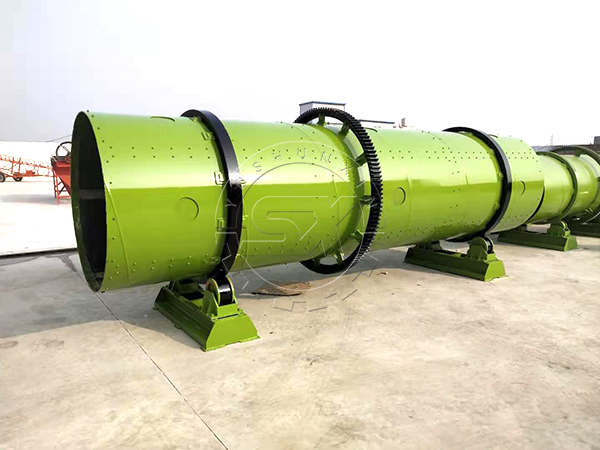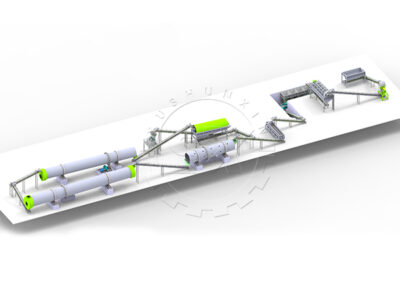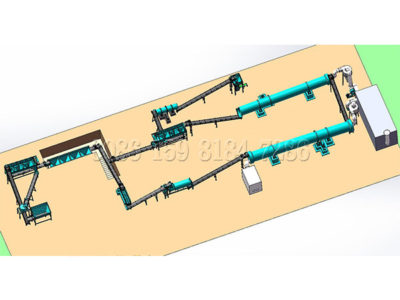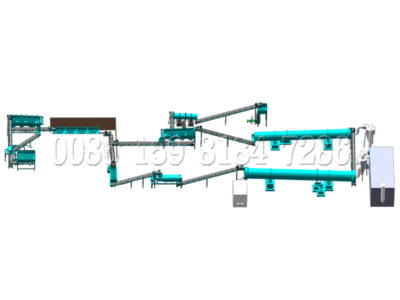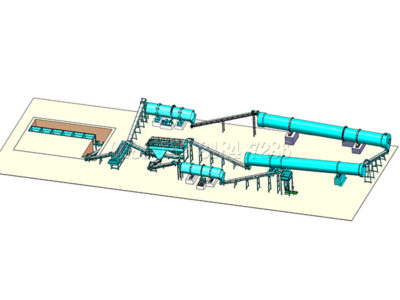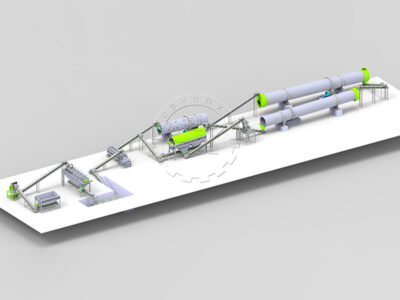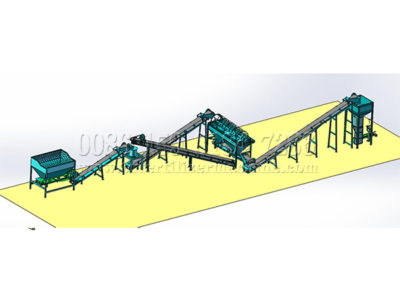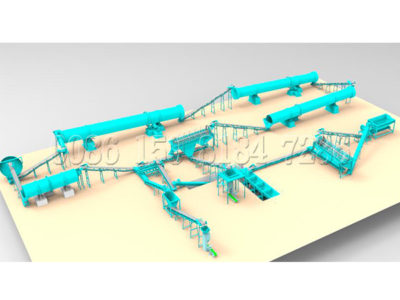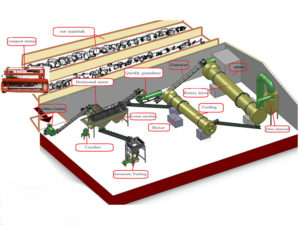The production route of compound fertilizer produced by extrusion granulation is very extensive. There are more than 20 kinds of raw materials for the production of compound fertilizers have been successfully used in extrusion granulation: Nitrogen fertilizer with ammonium nitrate, urea, ammonium chloride, calcium nitrate and so on; phosphate fertilizer with ammonium phosphate, calcium superphosphate, triple superphosphate, phosphate powder and so on; potash fertilizer with potassium chloride, potassium sulfate, etc.. And you can add trace elements such as boron, iron, copper, zinc, manganese and so on. Extrusion granulation has no special requirements on the granularity of the raw material size, 1-4mm granular materials and fine powder materials are all available.
Technology of producing compound fertilizer by extrusion granulation:
- Storage, metering and mixing
Storage, metering, mixing the raw materials of chemical fertilizer such as urea, ammonium phosphate, potassium chloride and so on, and they will be transported to the storage silo by bucket elevator and conveyor belt. The number of storage silos, the complexity of metering and mixing techniques are related to the number of components in the formula.
The production of compound fertilizer is usually adopts batch blend operation. Each ingredient in the formula is weighed in a weighing bin. After reaching the formulation requirements, all the materials are mixed in the batch mixer. A balanced bin is installed in the system, other equipments after the balancing bin is continuously operated.
Trace elements can also be added into the mixer. In order to ensure the uniform distribution of the trace elements, a high strength mixer is selected.
After lifted by the bucket elevator, the mixed material will mix with the returned material in the mixer. The returned material are unqualified granules after crushing and screening. The ratio of circulating material and new material is about 35:65 (for the production of 1-4mm products).
- Extrusion granulation.
The mixed fertilizer mixture is granulated by a roller extrusion granulator, which is formed by extrusion. The extruded product is usually a thick 5-20mm slab (a chunk).The structure and size of the roller extrusion granulator are determined by many parameters, which are generally determined according to the properties of the material and the experiment.
- Crushing and grading.
The plate formed in roll extrusion granulation needs further broken and the required particle size is obtained after grading screening. There is a specially designed plate crusher under the roller extruder, where the plates are pre-broken into small pieces (flakes). The broken material is divided into large particles, product particles and fine particles on a multistage screen. The fine particles at the lowest screen are recycled into the mixer and then granulated again. The large particles remaining in the upper layer of the multi-stage screen need to be further broken. After crushing, return to screening.
Sample particles:



